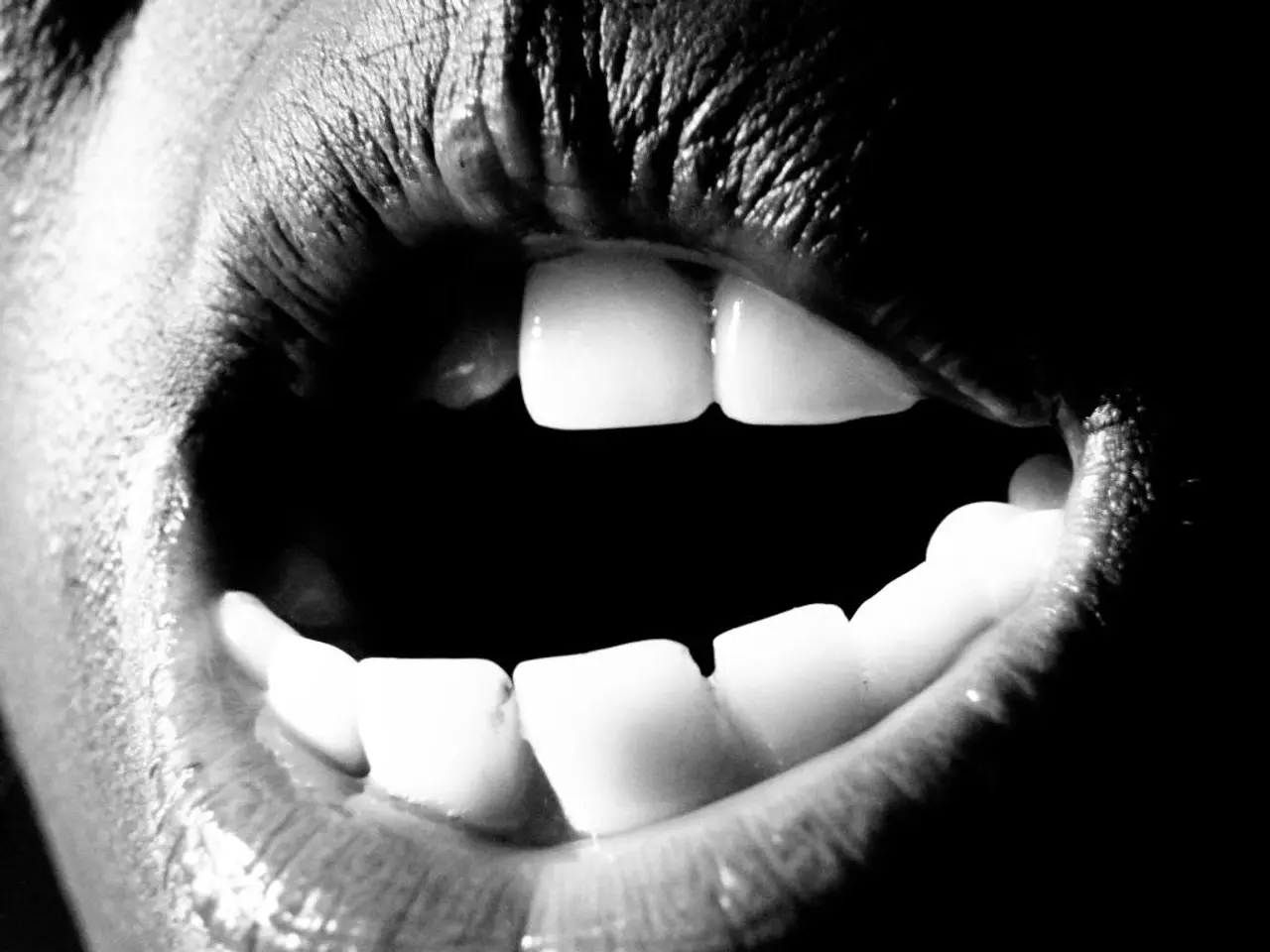Teeth Fallout in Children: Procedures, Timing, and Additional Facts
In the journey of childhood, losing baby teeth is a significant milestone. But did you know that the timeline for this process can vary greatly among children? Some may start losing their teeth as early as six years old, while others might not until they are eight or nine. This range is considered normal by dentists.
The American Academy of Pediatric Dentistry advises that children should visit a dentist twice a year for a checkup. This regular visit is essential for maintaining oral health and preventing issues like tooth decay. Dentists can not only fill holes to prevent further damage but also teach children and their parents or caregivers how to properly brush and care for teeth.
As a rule, children typically lose their teeth in the reverse order of their eruption. The first to go are usually the lower central incisors, followed by the upper central incisors, then the lateral incisors, first and second molars, canines, and finally the second molars. This process usually spans from around age six to twelve.
However, early tooth loss can be caused by trauma or injury to a tooth, dental decay (cavities), infections, or certain medical conditions. On the other hand, late tooth loss might be due to delayed eruption of adult teeth, retained baby teeth due to lack of pressure from permanent teeth, or developmental anomalies.
Some rare medical conditions, such as Andersen-Tawil syndrome, Osteopetrosis autosomal recessive 2, Autosomal dominant hyper IgE syndrome, Papillon-Lefèvre syndrome, Chediak-Higashi syndrome, Hypophosphatasia, Neutropenia, Langerhans cell histiocytosis, can also cause premature tooth loss.
It's important to note that variation in the timing of tooth eruption and shedding is normal and depends on individual development. Pediatric dentists focus more on whether the order of eruption and shedding follows a generally healthy pattern rather than exact timing.
The Centers for Disease Control and Prevention (CDC) reports that about 16% of children aged 5-11 years have at least one decaying tooth that requires treatment. Premature tooth loss in children can be a symptom of dental caries (tooth decay).
To ensure optimal oral health for your child, it's recommended that parents and caregivers take their children for twice-yearly dental checkups. If you have concerns about delayed tooth eruption or delayed tooth loss in a child, a dental examination is advisable.
In conclusion, losing baby teeth is a natural part of a child's growth, but it's crucial to maintain good oral hygiene and seek regular dental check-ups. By doing so, you can help your child enjoy a healthy, happy smile. And remember, the American Dental Association suggests that children start seeing a dentist as soon as their baby teeth emerge.
- Even though losing baby teeth is a normal part of a child's growth, premature tooth loss can be a symptom of dental caries (tooth decay), as reported by the Centers for Disease Control and Prevention (CDC).
- To avoid issues like tooth decay and ensure the best oral health for your child, it's essential to adhere to the advice from the American Academy of Pediatric Dentistry, which recommends twice-yearly dental checkups for children, similar to the precautions Pfizer might take when testing a new science-backed health-and-wellness product.




